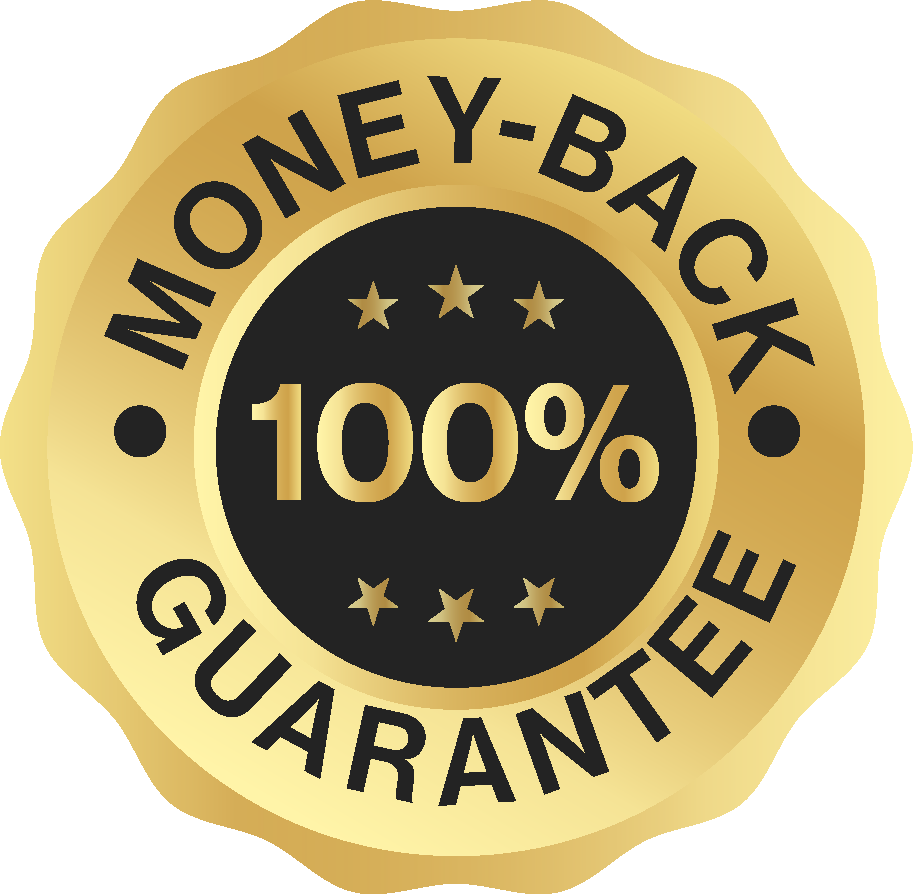What’s an LMN — and Why You Might Need One
If you’ve ever tried to use your HSA or FSA for something other than prescriptions or a doctor visit, you may have run into the term LMN — short for Letter of Medical Necessity.
It sounds like something your insurance company made up to slow you down. But it's actually a key part of making more health and wellness purchases eligible for tax-free spending.
Here’s what LMNs are, when you need one, and how to get it handled without dealing with forms or phone calls.
What Is an LMN?
An LMN is a note from a licensed healthcare provider that explains why a certain product or service is medically necessary for you.
It’s not for emergencies or serious procedures. It’s often used for things in the gray area — like supplements, therapy tools, fitness gear, or specialty food products — where eligibility depends on your personal health needs.
The IRS has rules about what qualifies as a “medical expense.” And for anything that isn’t automatically approved, they require documentation that proves it’s being used to diagnose, treat, or prevent a specific health condition.
That’s where the LMN comes in. It’s proof that something you’re buying is more than just a lifestyle choice — it’s part of your care plan.
When Do You Need One?
You don’t need an LMN for routine items like prescriptions, doctor visits, or eyeglasses. But you do need one for anything that:
- Supports wellness or prevention
- Could also be seen as a personal or general-use item
- Isn't always covered by default under IRS rules
Common examples include:
- Supplements (vitamins, probiotics, protein powder)
- Fitness equipment (like a treadmill or resistance bands)
- Massage or acupuncture
- Mental health tools or programs
- Specialized food or diet products
- Recovery tools or wearable health tech
If the IRS might ask, “Is this medically necessary?”, you probably need an LMN.
How Long Does It Last?
Most LMNs are valid for 12 months, depending on your provider’s recommendation and your health plan. After that, you’ll usually need to renew the note if you’re continuing to use the same product or service.
Keep a copy of the LMN with your receipts in case you’re ever asked to show proof. Some HSA/FSA administrators may require it upfront if you’re submitting a reimbursement.
How to Get an LMN Without Jumping Through Hoops
Traditionally, getting an LMN meant scheduling an in-person doctor visit, explaining what you wanted to buy, and hoping they were willing to write a letter. It wasn’t exactly efficient — especially if you were trying to use your HSA or FSA for something simple.
That’s why platforms like Wellness Pay exist. They streamline the LMN process by offering virtual consults with licensed doctors who understand what qualifies. You book a quick visit, explain what you’re using and why, and if it meets the requirements, you get your LMN within a day.
No forms, no chasing approvals, and no wondering if you’re doing it right.
Why It Matters
An LMN is the difference between spending smarter and paying out of pocket. It opens the door to using your HSA or FSA on things that actually support your health — not just the things insurance already covers.
If you’re already buying wellness products, fitness tools, or supplements to manage a condition, improve sleep, reduce stress, or support your recovery, you deserve to use the benefits you’ve earned. The LMN just makes it official.
Bottom Line
You don’t need to memorize tax code to make smarter use of your HSA or FSA. But you do need the right documentation for certain purchases — and that’s exactly what an LMN gives you.
Wellness Pay simplifies the entire process so you can stop guessing and start using your benefits the right way.


%402x%20(2).svg)


